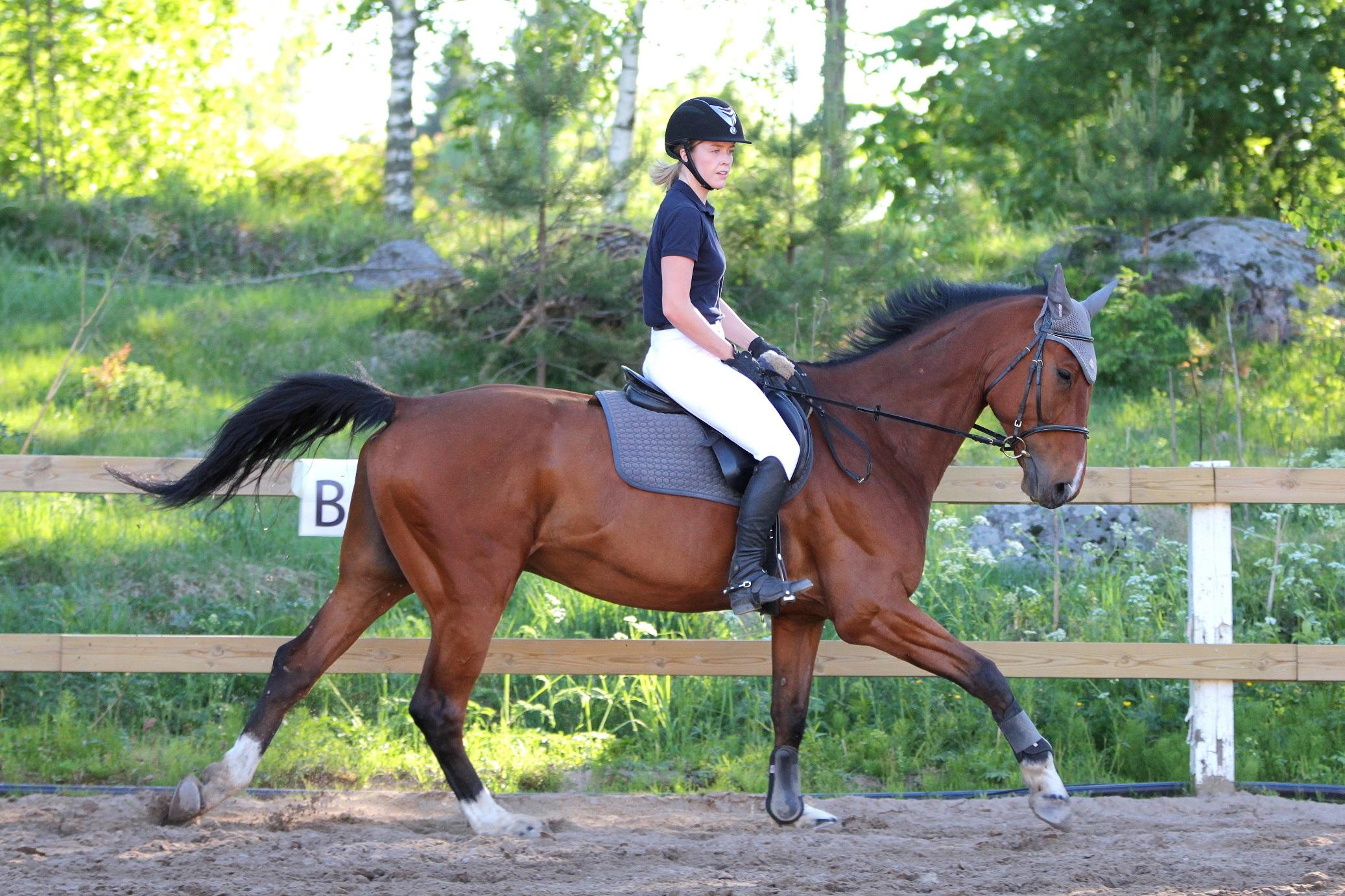- Home
- »Articles
- »Animals
- »Horse riding
- »What Equipment do My Kids Need for Horse Riding



What Equipment do My Kids Need for Horse Riding
2 June 2023
Horse riding is a popular past-time for many of us, with some lucky children starting lessons as young as 2-3 years old - depending on the riding centre.
However, riding horses carries an element of risk. No matter how placid and gentle, horses are sentient creatures that can react unexpectedly to situations that frighten them, and even skilled riders will expect the occasional tumble.
There is a wide selection of specialist equestrian equipment available to suit most budgets that not only looks good but is designed to help keep you safe and minimise the risk of injury - probably the most crucial consideration for conscientious parents!
So, let’s look at what equipment children need for horse riding.
Riding Hats
Riding hats, hard hats, helmets - whatever you call this piece of riding equipment, a reputable riding centre will not allow your child on a horse without one - and neither should you!
The riding helmet protects your child from a head injury caused by a tumble, a horse’s hoof, a low-hanging branch, or any other eventualities.
Your child’s riding helmet should conform to a recognised safety standard, and BETA-trained shop staff (British Equestrian Trade Association) should fit it. It should be snug without being uncomfortable so that it doesn’t fall off if they do!
Ideally, a riding hat should not be bought secondhand. You want to be sure a previous impact hasn’t compromised its safety. Any hat that has been impacted should be replaced immediately.
That said, most riding centres have safe helmets that can be borrowed for a ‘try out’ riding lesson before committing to the cost.
Oh, and safety doesn’t need to compromise on style. Riding hat silks and covers for your child’s standard black riding helmet come in various colours, designs, and materials.
Riding Boots and Shoes
Most riding instructors will ask you to provide riding shoes with a small heel of about 1-inch to help secure your child’s feet in the stirrups so they don’t slip through.
If your child is set on riding for the long haul, purchase them a pair of their own riding boots. Besides the 1-inch heel, dedicated riding boots usually have a sturdy toe cap to protect their feet on the ground and smooth, thin soles to make good contact with the stirrups and, therefore, the horse.
● Jodhpur BootsJodhpur boots usually come to just above the ankle and are a less expensive option for rapidly growing children who may need regular replacements.
They are also more forgiving in that movement is less restricted for children still new to horse riding.
If extra protection is needed for the lower legs, then jodhpur boots are often worn with chaps or half chaps over their jodhpurs, which is a sturdy covering for the legs.
● High BootsHigh boots meet the same safety requirements as jodhpur books, except they reach just below the knee. This provides additional protection for the lower legs and is particularly popular for jumping and competing activities.
Body Protectors/Armour
Although body protectors aren’t yet essential for leisure riding and lessons, many people still choose to wear them.
Body protectors are high-tech, foam-filled body armour that pulls on like a waistcoat and zips up at the front. They are a very snug fit as they are designed to mould to the body as they warm up with contact. Like the riding hats, body armour should conform to set standards and be fitted by BETA-trained shop staff.
Some people dislike equestrian body armour as it inhibits their natural movement with the horse. However, for children, especially new riders, the protection and support it offers can help build confidence.
General Equestrian Clothing
Once your child has established that horse riding is for them and is keen to continue, consider adding to their riding wardrobe, which covers everything from trousers, socks, tops, jackets, gloves, and more. Clothing is usually practical and manufactured from breathable, sturdy, stretch fabrics. Jodhpurs and gloves deserve a particular mention.
● JodphursJodhpurs deserve a particular mention. They are stretchy, tight-fitting leggings with reinforced seats and lower leg patches for maintaining a good grip on the horse.
● GlovesHands are very exposed during riding as they manage the reins that control the horse’s head.
A good pair of riding gloves will have reinforced fingers and palms with extra grip to prevent blisters and burns from holding the reins. Ideally, they will also be lightweight and warm in colder weather.
Riding kit is designed with your child’s safety in mind. As with all sports, specific equipment will be more critical than others, so initially, prioritise your spending on the essentials.
And, if your child decides they were born to ride, their Christmas and Birthday presents are sorted for life!
Photo by Elisa Pitkänen on Unsplash
